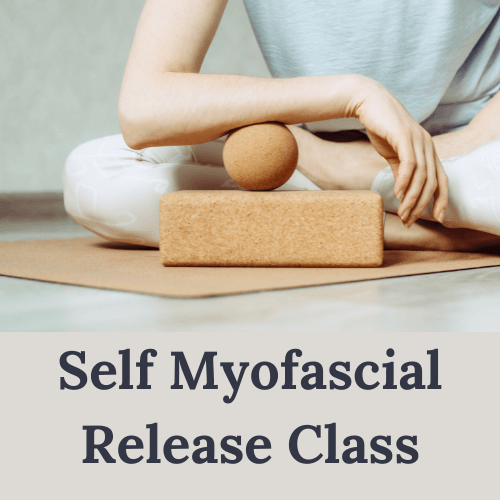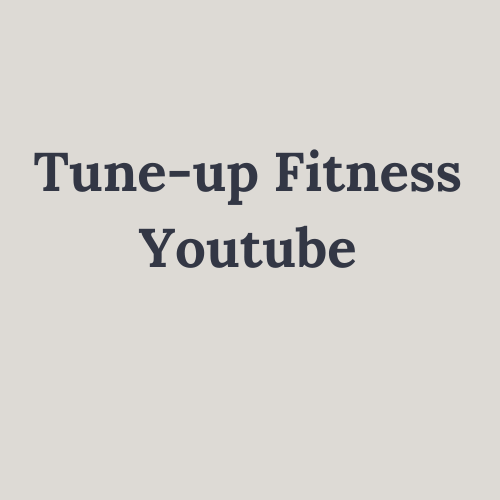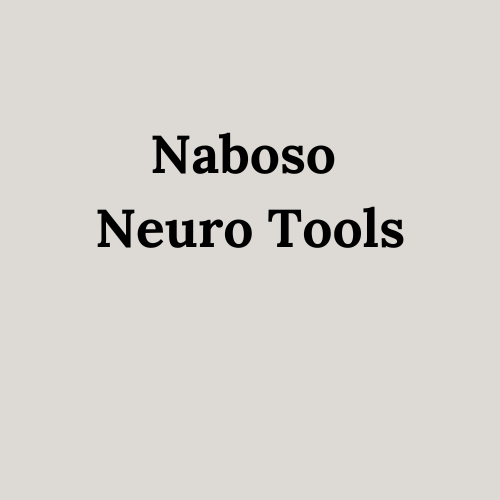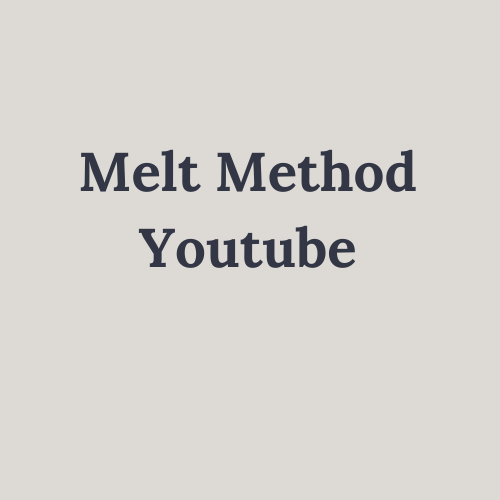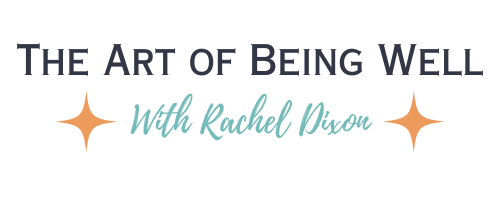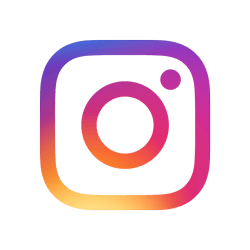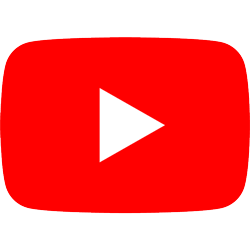
Hi- I'm Rachel Dixon, LMT, HHP
I help people find simple solutions to feel better by getting to the root of their issues....
The intention of this "mini class" on using tools for Self Myofascial Release is to:
- Show the different types of tools you could use and how to use them
- Talk up the neurological results you get in HOW you use them
- Give you a framework for using tools in a concerted way for yourself.
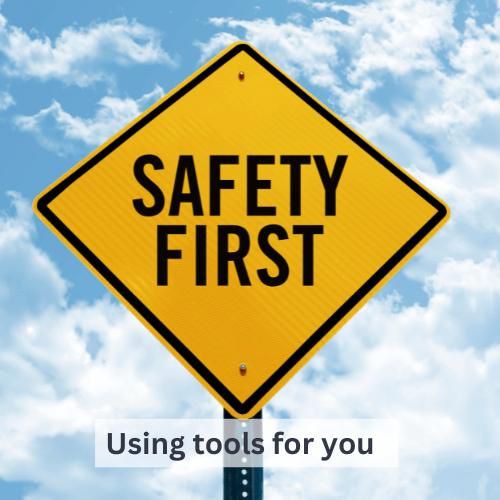
Safety
Safety with PRESSURE
Not only “does this hurt” but “is this safe for me to do”
If it hurts- Stop. Consider- is this an intense sensation or is this PAIN.
If you perceive its an intense sensation,
- move in more gently
- Consider using a softer tool.
- Move more slowly.
- Breathe into it.
And see if the sensation changes. If it is causing PAIN- STOP. If the next day you feel “beat up”, take things more slowly and gently
Safety with AREA of ENDANGERMENT:
- No rolling/massage work on active recent injury, bruised tissue, broken skin, or broken bones
- No rolling/massage work if you have a fever or infection (You should be well)
- Avoid: "Area of Endangerment" deep pressure on bones or nerves that are sensitive, such as the Xiphoid process, inguinal ligament, center of throat, the coccyx, or in the nerve "creases" such as the elbow, behind knee, wrist joints, etc
Anything could be a massage tool.... but here are common ones...
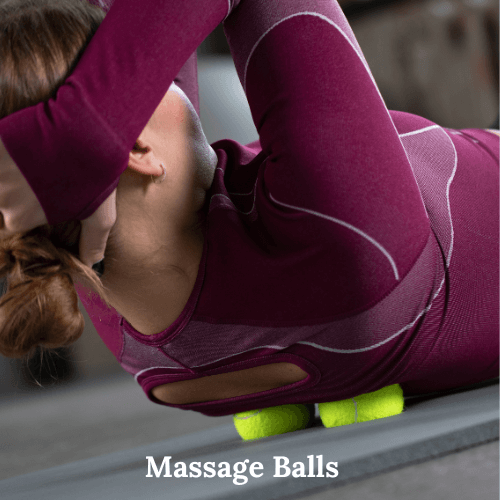
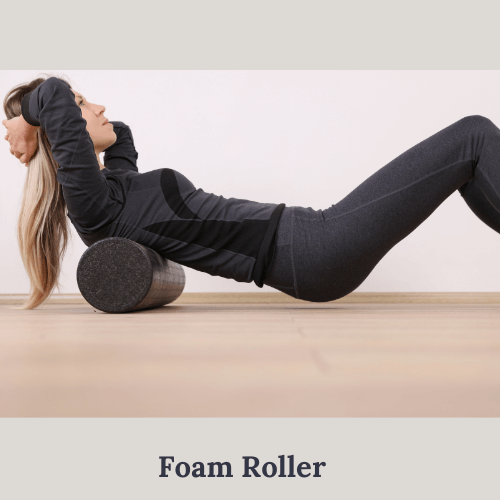
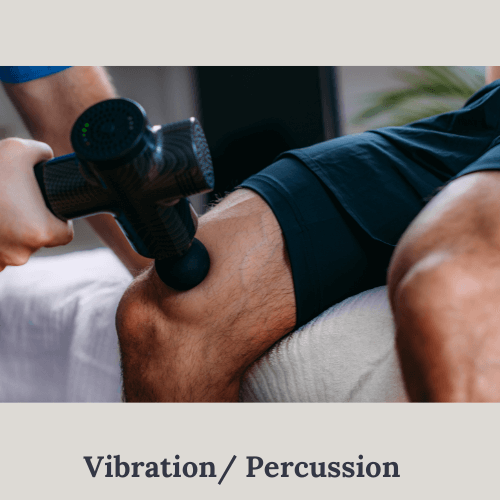
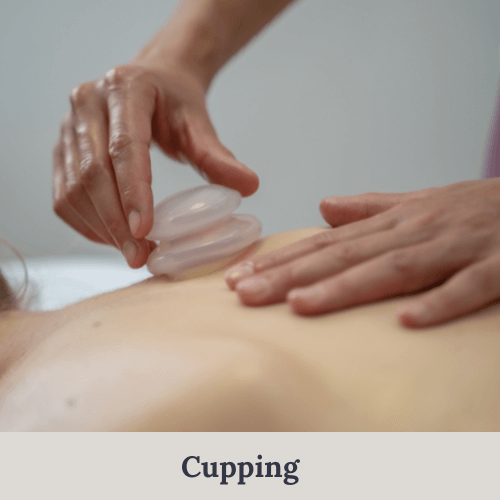
Considerations: A tool is only as good as the way it is applied to the body.
The same tool could be great for one person and cause injury to another- because of what the body’s tissue needed.
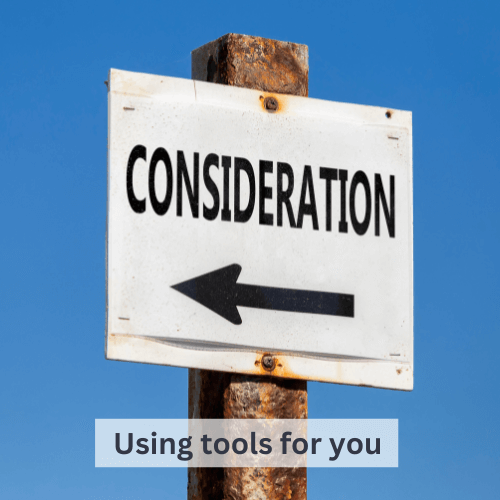
The Shape+ Firmness of the tool determines the surface area:
A Ball has a point (smaller surface area but more "in")
A foam roller has a broader surface area.
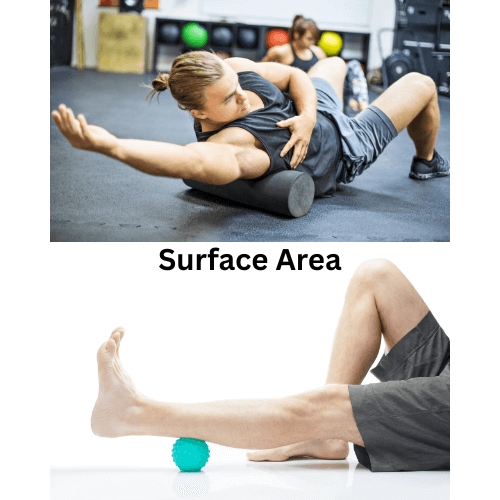
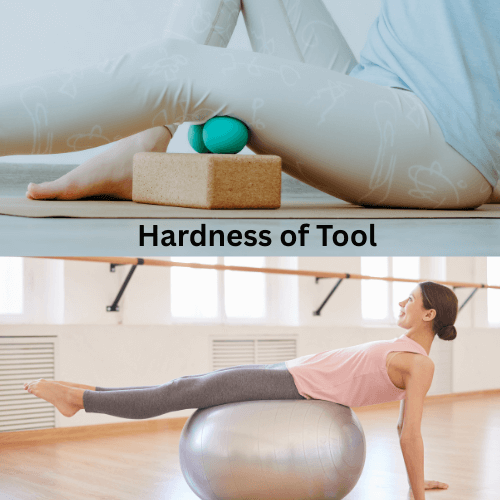
The hardness of the tool determines how "in" it goes...
Note: The ideal tools for the body have some “Smoosh”. The more rigid the tool, the more aggressive/sharp and possibility for injury. There should never be pain when using a tool. Intense sensation- if not a red flag- can be ok.
The Size: should be appropriate for the area you are working
Smaller balls might press on bones (create movement) in an individual foot joint, bigger balls can fit in the area to the side of the spine, while even bigger balls make a bigger movement into the quads. Rollers (foam or otherwise) either press into the tissue or the body can stretch around it. The body would also stretch around a large ball.
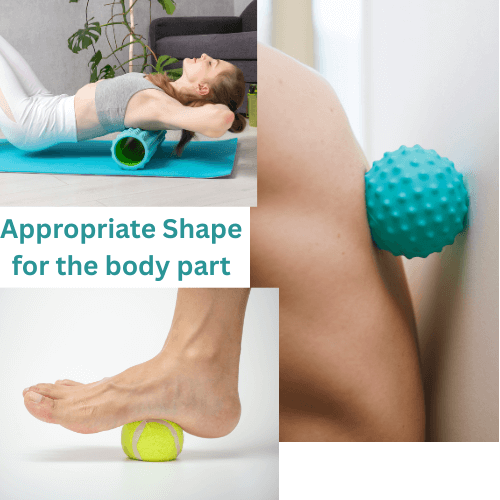
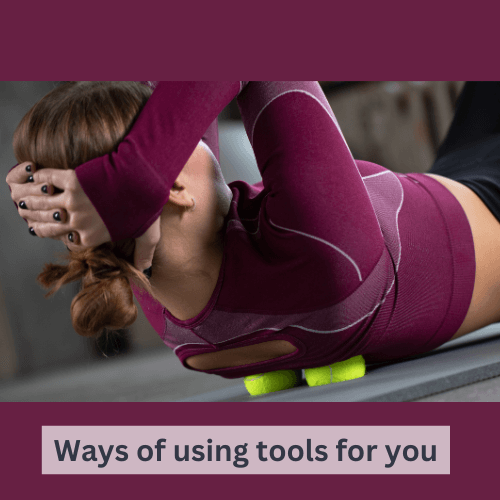
Ways of using tools in the tissue: while unlimited...
Sustained compression: allow ball to sink into tissue and "melt"- on the edge of tolerable discomfort, to lengthen fascia
Skin rolling/shear: use the tools to pull, twist, and wring the skin and underlying tissue in different directions
Stripping: Slide balls from one end of the muscle to another- with the "grain" of the muscle- like combing conditioner through hair to re-establish resting length of the tissue
Cross fiber: Move the balls across the muscle fibers (across the "grain")
Pin and Stretch: Pin the ball against you and move your joints around it so that you stretch the muscle being pinned. Such as pin a spot on the quad, and bend the knee to lengthen the quad
Contract/Relax: Press the ball into a tight muscle, contract that muscle then relax it. This will help reduce bracing- a protective measure of contraction
The speed determines the outcome:
Mobility: Releasing tissue:
move gently, slowly, more than 90 seconds, ease in DEEPLY.
Stability: Stimulation of tissue, good for proprioception:
move fast, light and short duration: (consider using a BUMPY ball)
Pain relief: Move in slow and deep- right to that edge of "good pain" PAUSE while waiting to let it release, then slowly moving on. Work the area.
What is Mobility vs Stability, and what do you need?
Mobility is the ability to move- or be moved freely and easily. It answers the question- can I make the movement.
Stability is how well you control the mobility you have. It answers the question- is it safe for me to allow this movement.
Practical application: It's easy to think- I can't touch the ground- I must need mobility work. But if you can touch your toes while on the ground (you can make the movement) then you need stability work for your body to ALLOW you to do it.
My special process:
- Release Tight tissue (SMR)
- Stabilize (exercise)
- Set the nervous system....
What is the postural deviation? What is too "tight" or short (consider release), and what isn't doing its job to hold things in place. (Consider stabilization)
Is it a mobility or stability issue? (See info on the joint by joint approach)
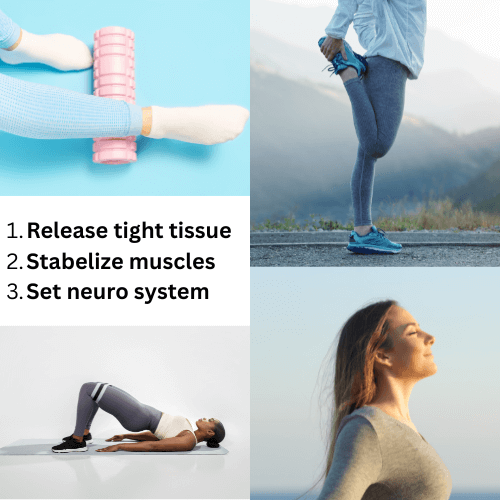
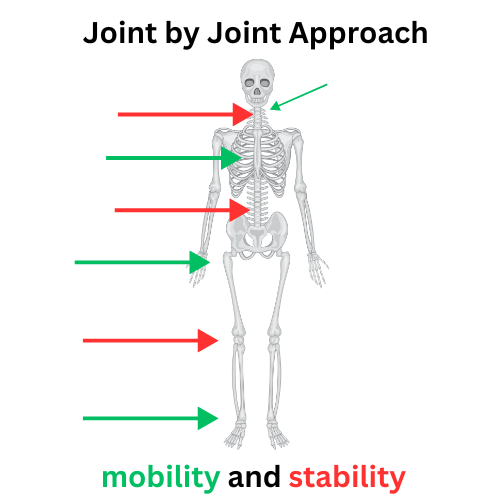
Joint by joint approach
Theory by Gray Cook and Michael Boyle
Each joint needs a balance of mobility and stability to function effectively. The approach classifies joints as either mobile or stable, and suggests that mobile joints should be followed by stable joints, and vice versa.
When one joint lacks mobility, the adjacent joint may compensate by becoming more mobile, which can lead to dysfunction and injury.
The joint-by-joint approach involves examining the site of pain, as well as the joints above and below it, to treat the root cause of the problem.
How this plays in-
Your knee hurts. This is a joint that is primarily stable- to move in alignment but not side to side. I would look to see if the Hip or ANKLE were problematic. It often would be that the ankle isn't mobile enough or that the hip isn't strong enough to keep the alignment (so strengthen the hip.)
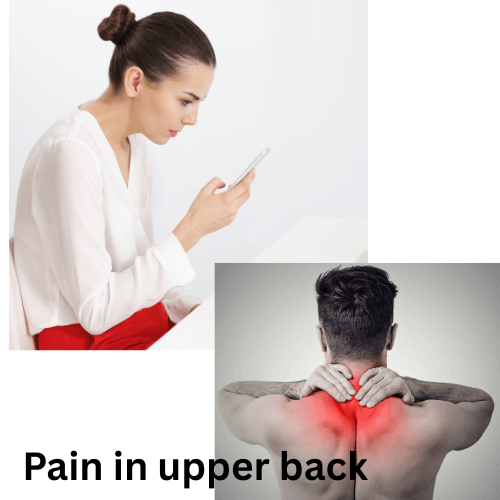
Tension between shoulder blades...
It's a very common problem to have an achy pain between the shoulder blades- especially if you spend time looking down at phones, etc.
1. Release:
Massage the tight area between shoulder blades with balls, foam rollers.
Stretch the tight pectoral muscles in a doorway etc.
2. Activate: These Egoscue exercises are great
3. Set: Do some diaphragmatic breathing to set the posture
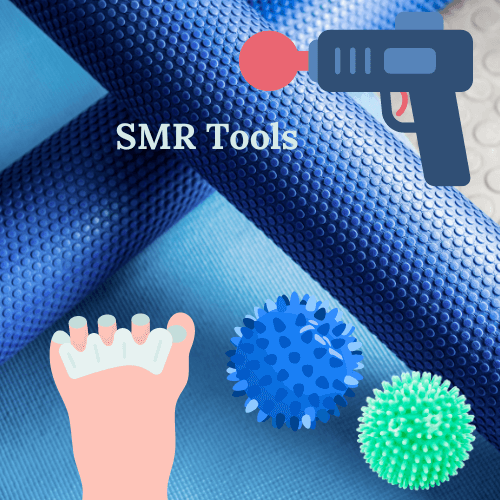
Tools you could buy
(FYI-Affiliate links)
Things you can find at home: Soft, used tennis balls. Squishy melt balls or rollers. Slightly bumpy balls. Toe separators from a pedicure.
Amazon Links- and I have a few of these on hand....
***I really like MELT balls or these OPTP Melt knockoffs......
Melt : Foam rollers
Tune-up Fitness Balls


